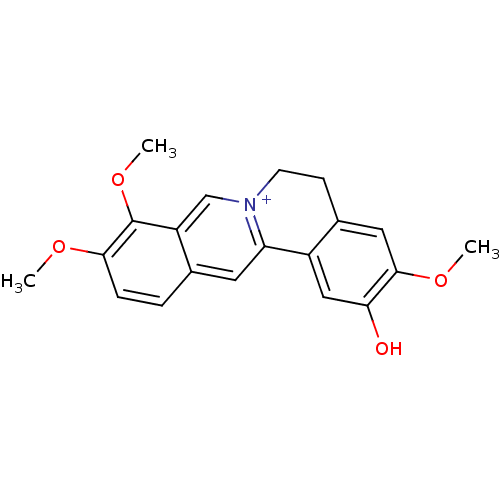TargetLysine-specific histone demethylase 1A(Homo sapiens (Human))
Beijing University Of Chinese Medicine
Curated by ChEMBL
Beijing University Of Chinese Medicine
Curated by ChEMBL
Affinity DataIC50: 470nMAssay Description:Inhibition of recombinant LSD1 (unknown origin) expressed in Escherichia coli BL21 using H3K4me2 as substrate preincubated for 10 mins followed by su...More data for this Ligand-Target Pair
TargetLysine-specific histone demethylase 1A(Homo sapiens (Human))
Beijing University Of Chinese Medicine
Curated by ChEMBL
Beijing University Of Chinese Medicine
Curated by ChEMBL
Affinity DataIC50: 470nMAssay Description:Inhibition of recombinant KDM1A (unknown origin) expressed in Escherichia coli BL21 using H3K4Me2 peptide as substrate preincubated for 10 mins follo...More data for this Ligand-Target Pair
Affinity DataIC50: 3.06E+4nMAssay Description:Inhibition of human CYP3A4 expressed in Escherichia coli assessed as inhibition of nifedipine oxidationMore data for this Ligand-Target Pair
Affinity DataIC50: 1.71E+5nMAssay Description:Inhibition of HIV1 RTMore data for this Ligand-Target Pair
Affinity DataIC50: 1.71E+5nMAssay Description:Inhibition of Human immunodeficiency virus 1 NL4.3 reverse transcriptase activityMore data for this Ligand-Target Pair

